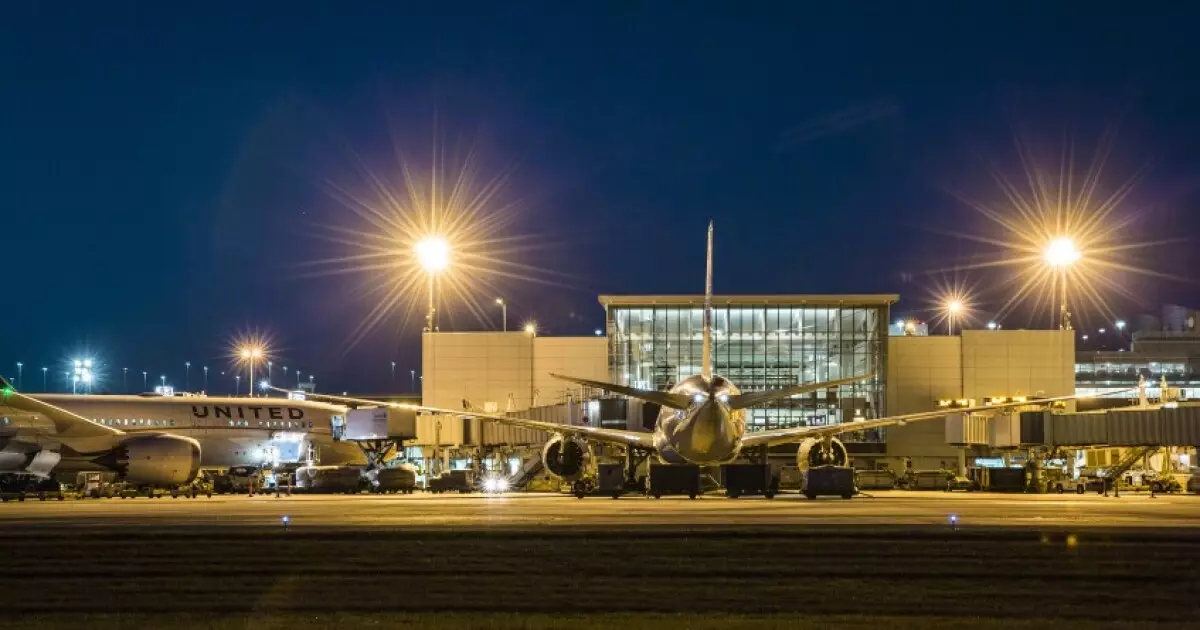Houston’s latest ambition to pour nearly $720 million into its airport system exposes a troubling trend: a reckless commitment to expansion at a time when financial prudence should be paramount. The city’s plan to finance a multi-billion-dollar capital improvement program (CIP) through new bonds seems to prioritize immediate growth and political posturing over long-term fiscal stability. While infrastructure upgrades are essential for urban competitiveness, the manner and scale of this project raise serious concerns about the city’s financial health and priorities.
This bond issuance, including $695.6 million of subordinate lien revenue bonds and nearly $24 million of non-AMT bonds, will undoubtedly increase Houston’s debt burden. Such commitments, especially when secured by future revenue streams, make the city vulnerable to economic downturns or unforeseen crises that could threaten its ability to service these obligations. Clearly, the city is gambling with taxpayer funds to fund projects that, while potentially beneficial, may not justify the risk created by increased leverage and the strain it could impose on future budgets.
Questionable Justifications for Soaring Airport Expansion
Proponents argue that the airport system’s growth justifies these investments. They point to passenger projections—rising from 23.7 million in 2024 to an expected 28.4 million by 2032 at IAH—claiming this growth will generate enough revenue to sustain these debts. However, is this expected passenger surge grounded in solid, long-term demand or a short-term trend fueled by airline industry optimism? The heavy reliance on United Airlines, which accounted for 73% of traffic at IAH in 2024, introduces systemic risk: a downturn or change in airline alliances could drastically impact revenue forecasts.
Furthermore, the expansion plans seem to ignore the broader implications for the city’s budget and priorities. Instead of diversifying investments across transportation modalities or addressing pressing urban issues like traffic congestion and affordable housing, Houston’s leadership is pouring resources into a project that benefits a specialized passenger base. The focus on infrastructure that primarily caters to air travel seems increasingly outdated when compared to the rising importance of sustainable, multimodal transit solutions.
Financial Ratings and Real Risks: Too Optimistic?
Despite the glowing ratings of AA-minus from KBRA and A-plus from S&P Global Ratings, such assessments are hardly guarantees of safety. Both rating agencies highlight the airport’s passenger growth and stable financial metrics, but such ratings often depend on assumptions that might not withstand economic headwinds. The “positive outlook” from KBRA hinges on the city’s confidence that passenger volumes will continue to grow and that debt service requirements will remain manageable.
History teaches that overestimating revenues or underestimating costs often leads to fiscal trouble. Bonds backed by revenues from projects with diminishing or uncertain demand are risky, especially when they are subordinate liens—meaning they hold less priority in the event of a fiscal crunch. Relying on future demand to justify today’s borrowing is inherently speculative, and Houston’s aggressive expansion could leave taxpayers footing the bill if projections fall short.
The Broader Political and Social Implications
Houston’s focus on airport expansion fits into a broader narrative favored by center-right liberalism: emphasizing growth and economic development as drivers of prosperity. However, this approach often risks prioritizing headline-grabbing projects over more equitable and sustainable urban development. It prioritizes elite mobility—favoring air travel that largely benefits business and affluent travelers—while neglecting the needs of the average resident, who faces rising costs and infrastructural neglect elsewhere.
Public skepticism should be expected. Citizens might question whether such a massive financial gamble truly aligns with their immediate needs or simply echoes a misguided belief in endless urban growth. As fiscal responsibilities mount, the risk is that future generations will be burdened with debt for projects that may not deliver proportionate benefits. Houston’s ambitious expansion could end up as a textbook case of short-term political gains outweighing long-term fiscal prudence.
In weaving together economic optimism with a reckless appetite for debt-funded growth, Houston risks undermining its fiscal integrity. Smart urban policy is not about endless expansion but targeted, sustainable investments—something that this lavish airport project, in its current form, seems to overlook. The city’s leadership must re-evaluate whether such risks are justified or if it’s simply chasing a mirage of rapid growth that might never materialize.


Leave a Reply